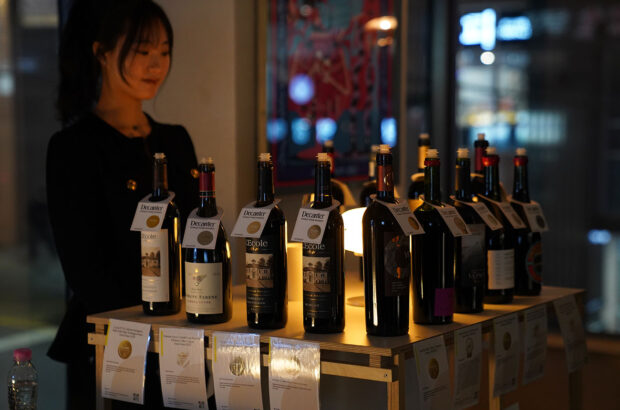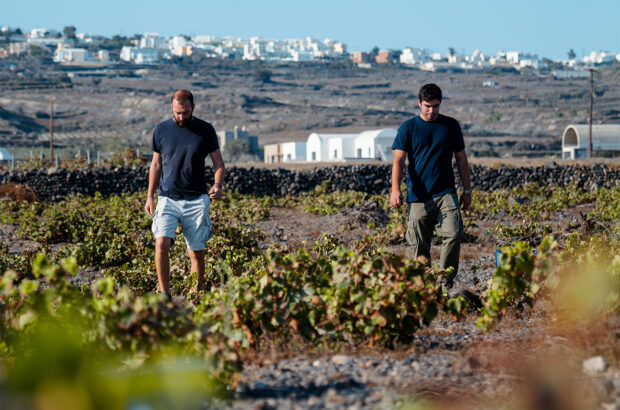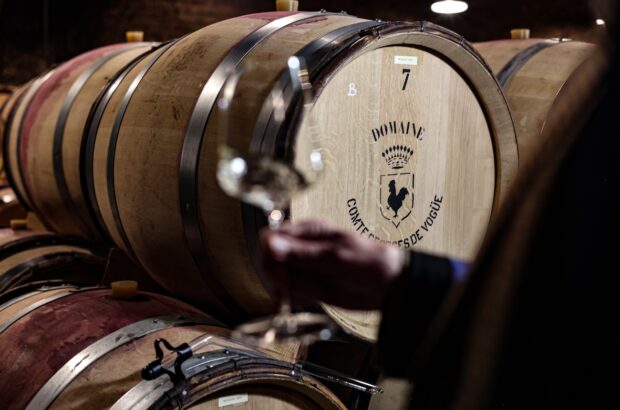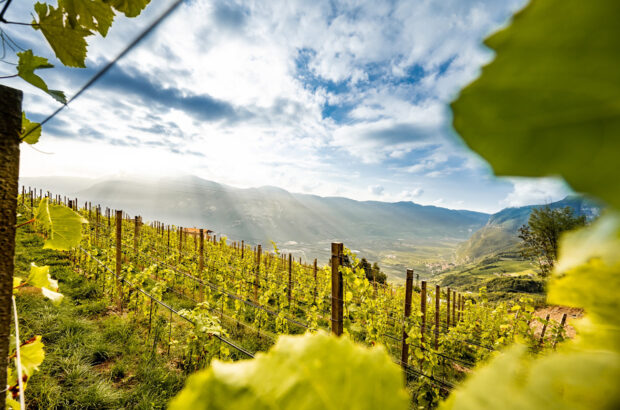Sancerre is now a staple of restaurant wine lists and shop shelves, recognised the world over for its top-tier white wines made from Sauvignon Blanc.
Where does Sancerre wine come from?
The river Loire, the longest in France, rises in the Massif Central in the centre of France, meandering north and then east before spilling out into the Atlantic ocean. At the midpoint of this river lies the region of Sancerre. As it is at least 450km inland, it has a relatively cool and continental climate, which helps to preserve the variety’s natural acidity and freshness.
What does Sancerre taste like? Three things to remember:
1: Fresh
Sancerre whites are known for being fresh, fruity and zesty. Look out for notes of citrus, elderflower, gooseberry and grassy aromas.
2: Mineral
Many wines show a lovely stony, mineral character too. If you like Chablis, try Sancerre, as they share similar mineral characters.
3: Texture
The best examples are known for their delicious, multi-layered texture in the mouth.
Can Sancerre wine age?
In her recent article exploring Sancerre in depth, Beverley Blanning MW said:
‘Sancerre is usually drunk on release or very soon after. Simple Sauvignon, with fresh, grassy fruit in the green spectrum of flavours, is likely to lose its youthful appeal quickly and risk developing vegetal characters if kept more than a couple of years.
However, the finest wines of Sancerre, often from single-vineyard sites, are quite different.
For one thing, they’re usually older on release, having been aged on lees for up to 18 months before bottling. While most are approachable young, many will improve significantly in bottle.
But is this the best time to drink them? Most Sancerre vignerons advise drinking their wines when they are ‘young’, but by this they rarely mean as soon as they are released.’
Alphonse Mellot suggests that for his wines, ‘it’s best to wait four to five years’. Other growers agree.
Best food pairings for Sancerre
A classic match for Sancerre is goat’s cheese, in particular the local Crottin de Chavignol.
These whites also pair well with simple and light grilled or smoked fish dishes, and raw fish such as sushi and sashimi.
Sancerre red and rosé
Although 82% of the production of Sancerre is white, there are also red and rosé wines from this region, made from Pinot Noir.
The reds have evolved from light and simple into increasingly sophisticated and complex examples.
Rosés are fruity and floral, and many have a fresh citrusy side.







